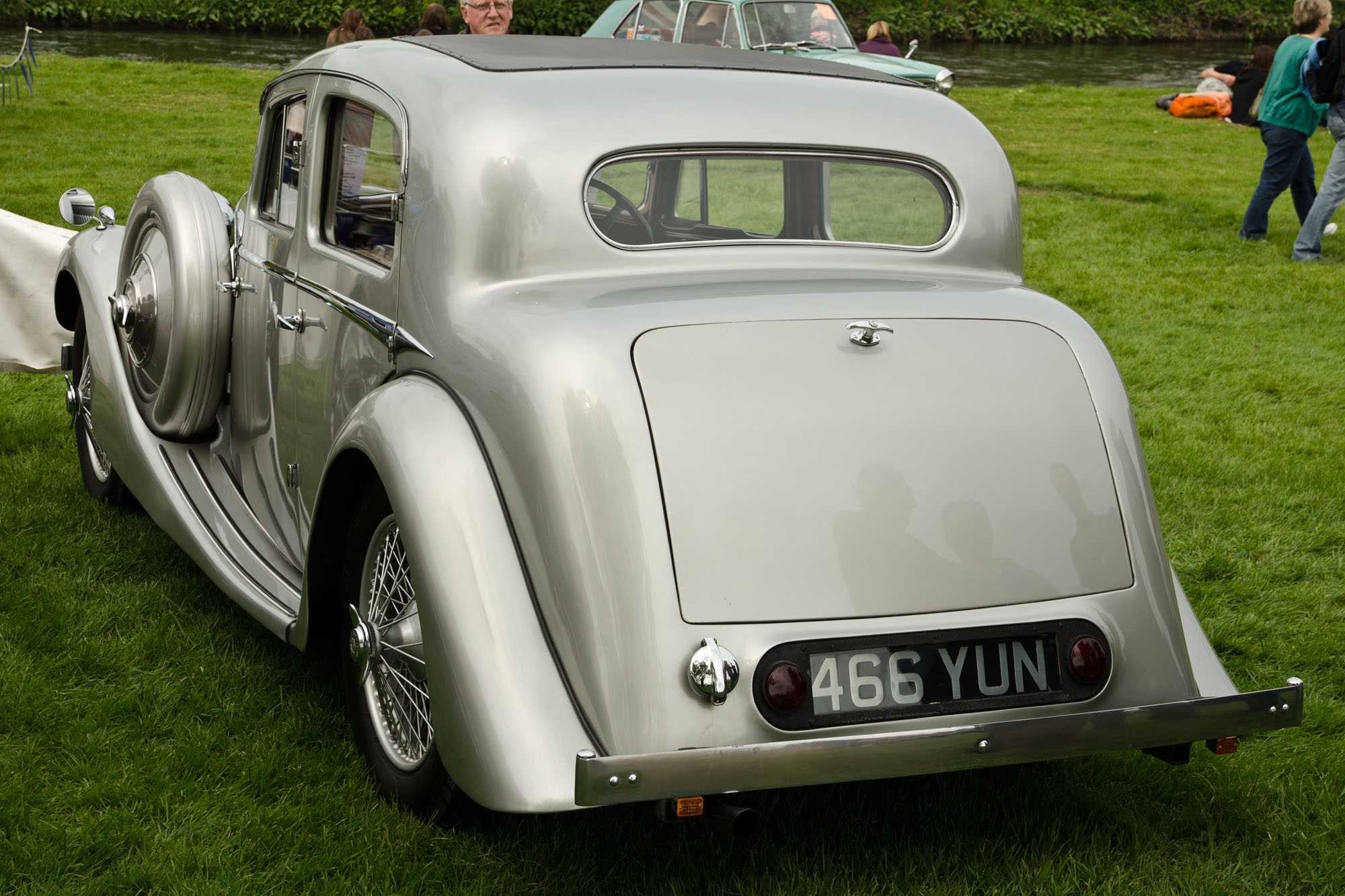Jaguar Mark IV on:
[Wikipedia]
[Google]
[Amazon]
The Jaguar Mark IV (pronounced ''mark four'') is a range of ''Pre and Post war 1.5/2.5/3.5L Models'', www.jag-lovers.org
/ref> Before

Jaguar SS 3,5.jpg, SS ''Jaguar''
sports saloon S S Jaguar drophead coupe 1940 (8679189922).jpg, SS ''Jaguar''
drophead coupé 1940
Jaguar Mk IV 3½ Litre (1948) (10275785216).jpg, Jaguar
sports saloon 1948 Jaguar 1948 - Flickr - mick - Lumix.jpg, Jaguar
drophead coupé 1948
Volunteer register with records and photos of the Mk. IV
{{Jaguar
automobile
A car or automobile is a motor vehicle with Wheel, wheels. Most definitions of ''cars'' say that they run primarily on roads, Car seat, seat one to eight people, have four wheels, and mainly transport private transport#Personal transport, pe ...
s built by Jaguar Cars
Jaguar (, ) is the luxury vehicle brand of Jaguar Land Rover, a British multinational car manufacturer with its headquarters in Whitley, Coventry, England. Jaguar Cars was the company that was responsible for the production of Jaguar cars ...
from 1945 to 1949. The cars were marketed as the Jaguar 1½ litre, Jaguar 2½ litre and Jaguar 3½ litre with the Mark IV name later applied in retrospect to separate this model from the succeeding Mark V range.
The range was a return to production of the SS Jaguar 1½ litre, 2½ litre and 3½ litre models produced by SS Cars from 1935 to 1940./ref> Before
World War II
World War II or the Second World War, often abbreviated as WWII or WW2, was a world war that lasted from 1939 to 1945. It involved the vast majority of the world's countries—including all of the great powers—forming two opposin ...
the model name Jaguar was given to all cars in the range built by SS Cars Ltd with the saloons titled SS Jaguar 1½ litre, 2½ litre or 3½ litre and the two-seater sports cars the SS Jaguar 100 2½ litre or 3½ litre. In March 1945 the company name SS Cars Ltd was changed to Jaguar Cars Ltd.S.S. Cars Limited. ''The Times'', Wednesday, 4 Apr 1945; pg. 10; Issue 50108
All the Mark IVs were built on a separate chassis frame with suspension by semi-elliptic leaf springs on rigid axles front and rear.
__TOC__
SS ''Jaguar'' and Jaguar 1½ Litre
The smallest model of the range originally featured a 1608 cc side valveStandard Standard may refer to:
Symbols
* Colours, standards and guidons, kinds of military signs
* Standard (emblem), a type of a large symbol or emblem used for identification
Norms, conventions or requirements
* Standard (metrology), an object th ...
engine but from 1938 this was replaced by a 1776 cc overhead-valve unit still from Standard Standard may refer to:
Symbols
* Colours, standards and guidons, kinds of military signs
* Standard (emblem), a type of a large symbol or emblem used for identification
Norms, conventions or requirements
* Standard (metrology), an object th ...
who also supplied the four-speed manual transmission
A manual transmission (MT), also known as manual gearbox, standard transmission (in Canada, the United Kingdom, and the United States), or stick shift (in the United States), is a multi-speed motor vehicle transmission (mechanics), transmission ...
.
Pre-war the car was available as a saloon or drophead coupé but post war only the closed model was made. Up to 1938 body construction on all the models was by the traditional steel on wood method but in that year it changed to all steel. Performance was not a strong point but was possible: the car featured the same cabin dimensions and well-appointed interior as its longer-engined brothers.
Despite its lack of out-and-out performance, a report of the time, comparing the 4-cylinder
The engine configuration describes the fundamental operating principles by which internal combustion engines are categorized.
Piston engines are often categorized by their cylinder layout, valves and camshafts. Wankel engines are often categorize ...
1½-litre with its 6-cylinder siblings, opined that the smallest-engined version of the car was "as is often the case ... the sweetest running car" with a "big car cruising gait in the sixties".
Mechanically operated brakes using a Girling system were fitted.

SS ''Jaguar'' and Jaguar 2½ Litre
Again the engine was sourced from Standard but was redesigned to use overhead valves rather than the side-valve layout used by Standard. Harry Weslake was called in to advise on the cylinder head design, and the change resulted in a very considerable uplift in power to give 105 bhp. Unlike the 1½ Litre there were some drophead models made post-war. The chassis was originally of but grew by an inch (25 mm) in 1938 to . The extra length over the 1½ Litre was used for the six-cylinder engine and the passenger accommodation was the same size.SS ''Jaguar'' and Jaguar 3½ Litre
The 3½ Litre, introduced in 1938, was essentially the same body and chassis as the 2½ Litre but the larger 125 bhp engine gave better performance but at the expense of economy. The rear axle ratio was 4.25:1 as opposed to the 4.5:1 on the 2½ Litre.sports saloon S S Jaguar drophead coupe 1940 (8679189922).jpg, SS ''Jaguar''
drophead coupé 1940
sports saloon 1948 Jaguar 1948 - Flickr - mick - Lumix.jpg, Jaguar
drophead coupé 1948
References
External links
Volunteer register with records and photos of the Mk. IV
{{Jaguar
Mark 4
Mark 4 is the fourth chapter of the Gospel of Mark in the New Testament of the Christian Bible. It tells the parable of the Sower, with its explanation, and the parable of the Mustard Seed. Both of these parables are paralleled in Matthew ...
1940s cars
Sedans
Coupés
Rear-wheel-drive vehicles
Cars introduced in 1935